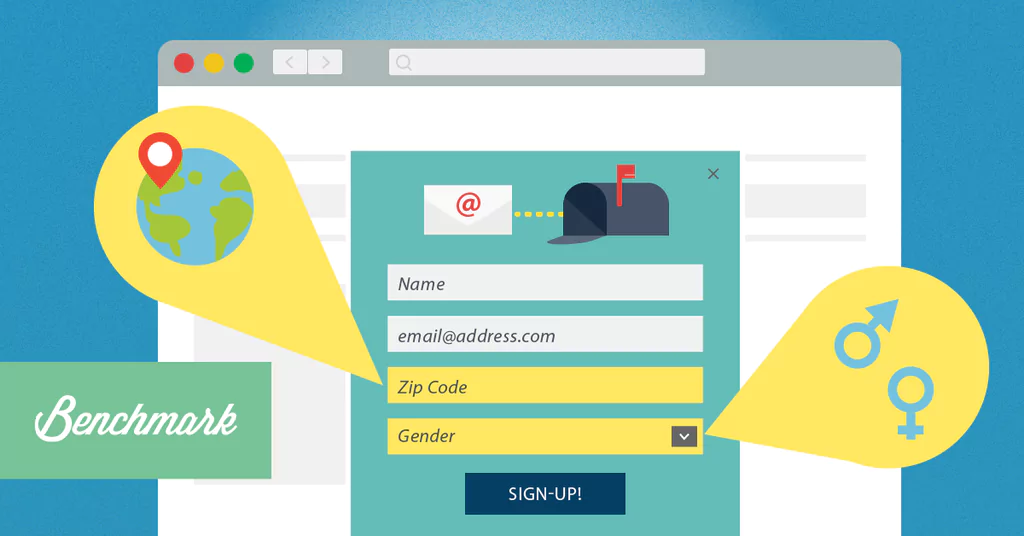There’s one thing any e-commerce needs to be successful and that’s imagination. Though e-commerce is most closely associated with convenience, some companies are reshaping it to emphasize experience as well.
Take Boston-based company Wayfair, for example. Their exquisitely designed website featuring home goods draws you in and keeps you there. Aside from being better designed, it’s also more easily navigated and offers related products all under one roof as compared to competitor Amazon. Since 2002, they have launched over 200 websites and raked in $500 million in annual sales. Founders Niraj Shah and Steve Conine relied, like many, on keyword domain names. Recently, they did the internet unthinkable and solidified a bulk of their sites into Wayfair. You’d think changing your public face would lose you some natural traffic based on the keyword rich domain. Switching identities might also confuse some recurring customers. Who would want to risk that when you’re known for selling roughly 45 million products for the home? But it’s the move you have to make if you want to establish a brand. Building brand loyalty will not only expose existing customers to more products, it also draws in new ones.
Wayfair also creates an integrated shopping experience by introducing “social shopping.” By offering images of related products paired with reviews, they expose the reader to both additional options plus customer testimonials, making you feel like you’re shopping with a trusted friend. And should you walk away without a conversion, Wayfair captures your email and attention by reminding you of your shopping trip – and thus sealing the deal by getting you to remember them.
Never Underestimate the Power of Design
Land of Nod, an e-commerce for eclectically useful and well-built children’s products, follows a similar pattern. Land of Nod offers an unmatched level of branding by pairing contemporary graphics, colors and typography to create an irresistible environment. There are few e-commerce destinations that make you forget you’re on an e-commerce site.
For a more niche experience, take a look at Live Like You. Designer Jill Sorensen merges blogging, business and e-commerce under one website by creating a rare hybrid. The blog offers great content and draws in hordes of interior design and home décor enthusiasts. Sorensen makes sure readers can buy designs as well. By creating a comfortable experience where customers feel like they have the aid of an exclusive stylist, Sorensen guides even the most design deficient through a DIY décor process that simply can’t go wrong.
Isn’t it any e-commerce’s dream to be able to sit next to a shopper and guide them through to a conversion, let alone encourage them to buy more? Sorensen does this, but so does retail giant Sephora. Recent changes show an increase in menu options and subcategories. No longer relying on readers to search for editor’s picks, trends and best sellers – Sephora takes the initiative to bring it forward. Most notably though, they offer guided solutions for the range of issues women want to address – thus also acting as a failproof shopping guide. And of course, any woman who’s offered more options will likely walk away with more purchases.
Takeaway Tips
You can apply some of these core rules even if you don’t have an e-commerce business. For one, make sure to create an experience for your customers, especially if you’re offering a service. The experience should be tied into your brand but moreover into the style and design your clients encounter. Next, make the process foolproof particularly if you’re in an industry that can be confusing to a layman. Finally, take a cue from Wayfair and never let a site visitor walk away. Do this by offering subscription-based freebies to cultivate conversation.










